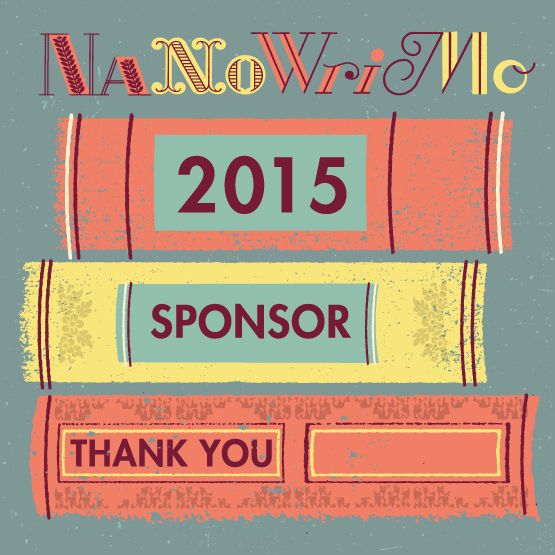In November, hundreds of thousands of writers from all over the world commit to the craziness of writing a novel in a month. They do it voluntarily, just for fun – but what does it feel like? To find that out, we’ll follow some of them on their path of surviving NaNoWriMo.
Today is part 1: How do they prepare?
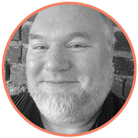 “First, I come up with a general idea or theme for the book (teens save the world from aliens, a librarian finds an ancient secret that threatens the galaxy, that kind of thing). That usually starts months before, and I let the idea percolate in my head until I have some picture of a couple of the characters or the antagonist or whatever. When I’m closer to NaNo, I get my notes ready. I make a plot outline and flesh out some of the characters a bit. Then, I think a lot about how the novel will start — I don’t write that down, obviously. As for the outline, I approach it like a battle plan — it’s okay if it changes after I start writing, but I need some kind of scaffolding so I know where I came from and where I’m going with the story.”
“First, I come up with a general idea or theme for the book (teens save the world from aliens, a librarian finds an ancient secret that threatens the galaxy, that kind of thing). That usually starts months before, and I let the idea percolate in my head until I have some picture of a couple of the characters or the antagonist or whatever. When I’m closer to NaNo, I get my notes ready. I make a plot outline and flesh out some of the characters a bit. Then, I think a lot about how the novel will start — I don’t write that down, obviously. As for the outline, I approach it like a battle plan — it’s okay if it changes after I start writing, but I need some kind of scaffolding so I know where I came from and where I’m going with the story.”
His mother wanted Mel Walker to become a marine biologist, but he hopes to have kept her happy even if he became a programmer, working on land. Melvin has been doing NaNo since 2005 (albeit his first novel is, in his opinion, best forgotten).
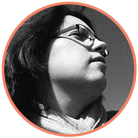 “I set up a project in Ulysses on the Mac, which is then synced to my iPad. Once I have decided on which concept I pursue, I am teaching Dragon Dictate the names and places of my characters so I can dictate easier with less need for correction later on. I stock up on light snacks before NaNoWriMo starts (various fruits, water, and some sweets as a treat after a wordsprint) and candles (love to write in candle light), and I set up playlists for the perfect writing mood. Lastly, I try to find other Wrimos online against whom I can compete in word sprints.”
“I set up a project in Ulysses on the Mac, which is then synced to my iPad. Once I have decided on which concept I pursue, I am teaching Dragon Dictate the names and places of my characters so I can dictate easier with less need for correction later on. I stock up on light snacks before NaNoWriMo starts (various fruits, water, and some sweets as a treat after a wordsprint) and candles (love to write in candle light), and I set up playlists for the perfect writing mood. Lastly, I try to find other Wrimos online against whom I can compete in word sprints.”
Creativity is Julia Altermann’s favorite pastime, no matter if it is photography or all kinds of handicrafts. She first participated in NaNoWriMo in 2008 and managed to achieve the 50.000 words goal in the first instance.
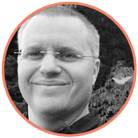 “I have taken to creating an advanced outline of the story before I begin to write. I get my idea, and then I use a story structure to figure out my plot points, the stories I will tell within the greater narrative, and the places and supporting characters that will play a part. By figuring out these larger ideas before I begin to write, I have a good foundation for when the project begins. This doesn’t mean I don’t have any room for creativity; I follow whatever paths the story wants to take. These larger ideas only act as a compass so I don’t get lost after the first few days. Ulysses is excellent for structuring ideas in this way.”
“I have taken to creating an advanced outline of the story before I begin to write. I get my idea, and then I use a story structure to figure out my plot points, the stories I will tell within the greater narrative, and the places and supporting characters that will play a part. By figuring out these larger ideas before I begin to write, I have a good foundation for when the project begins. This doesn’t mean I don’t have any room for creativity; I follow whatever paths the story wants to take. These larger ideas only act as a compass so I don’t get lost after the first few days. Ulysses is excellent for structuring ideas in this way.”
Martin Eisenloeffel is a writer by profession, albeit one of software manuals. In his spare time, he writes for pleasure, and if it’s not November, he also reads, takes pictures and occasionally creates some music.
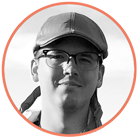 “I prepare for NaNoWriMo by listening to a lot of inspirational music. In fact, this year’s NaNoWriMo’s chapters are based off of songs from a specific album. Each one of them involving a different feeling, which shows the evolution of emotion for the two main characters.”
“I prepare for NaNoWriMo by listening to a lot of inspirational music. In fact, this year’s NaNoWriMo’s chapters are based off of songs from a specific album. Each one of them involving a different feeling, which shows the evolution of emotion for the two main characters.”
Mike Ackerman is based in Portland and married to his high school sweetheart, with two dogs – a French bulldog and a chiweenie they recently rescued. He holds a bachelor’s degree in animation and a master’s degree in journalism.
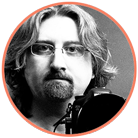 “I have a basic story arc in place, and then try to just focus on creating. The largest distraction comes from my inner editor that’s always standing in the wings ready to provide critique. Editing is important, but not during the initial writing process. My intention is to get a mostly coherent story down. Pre choosing tools that I will be using, is also important to me. For better or for worse, I will only be using a paper notebook and Ulysses. In short, the preparation is all about trying to eliminate distractions that inevitably only serve to pull the creative process off its course.”
“I have a basic story arc in place, and then try to just focus on creating. The largest distraction comes from my inner editor that’s always standing in the wings ready to provide critique. Editing is important, but not during the initial writing process. My intention is to get a mostly coherent story down. Pre choosing tools that I will be using, is also important to me. For better or for worse, I will only be using a paper notebook and Ulysses. In short, the preparation is all about trying to eliminate distractions that inevitably only serve to pull the creative process off its course.”
Writing challenges keep Sean Johnson motivated: He participated in the New Orleans Writing Marathon in July, and will elaborate the ideas generated there for NaNoWriMo.
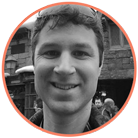 “For me to have a successful NaNoWriMo, I need to know in advance what I’m going to write. I once tried to do NaNo without planning things out beforehand, and while I was able to write 50,000 words in a month, my story didn’t have an ending. Worse yet, I had no idea how to end the story I had written. That experience taught me that I am definitely a plotter, not a pantser.”
“For me to have a successful NaNoWriMo, I need to know in advance what I’m going to write. I once tried to do NaNo without planning things out beforehand, and while I was able to write 50,000 words in a month, my story didn’t have an ending. Worse yet, I had no idea how to end the story I had written. That experience taught me that I am definitely a plotter, not a pantser.”
Peter de Tagyos has always loved to read, and has successfully passed his love of books on to his two children. He earns a living by developing iOS apps, but dreams of publishing a novel.
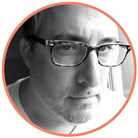 “I have to have an outline. I’m just not the kind of writer who can wing it. The first thing I do is open a blank OmniOutliner file and identify what the beginning, middle and ending will be. Then I fill in the spaces in between with scenes I want to include. I write in scenes that eventually become chapters. Once I have something I’m happy with, I take the outline and recreate it in Ulysses as “sheets” and set a word goal for each one. Any specific notes from the outline are then attached as notes to each sheet. I also add pictures where they are helpful. Once all that is in place, I’m ready to go.”
“I have to have an outline. I’m just not the kind of writer who can wing it. The first thing I do is open a blank OmniOutliner file and identify what the beginning, middle and ending will be. Then I fill in the spaces in between with scenes I want to include. I write in scenes that eventually become chapters. Once I have something I’m happy with, I take the outline and recreate it in Ulysses as “sheets” and set a word goal for each one. Any specific notes from the outline are then attached as notes to each sheet. I also add pictures where they are helpful. Once all that is in place, I’m ready to go.”
Brian Henry Gray has been writing short stories since he was in grade school and has had several published over the years. He is originally from the northeastern United States, but currently resides in the Dallas, Texas area.
